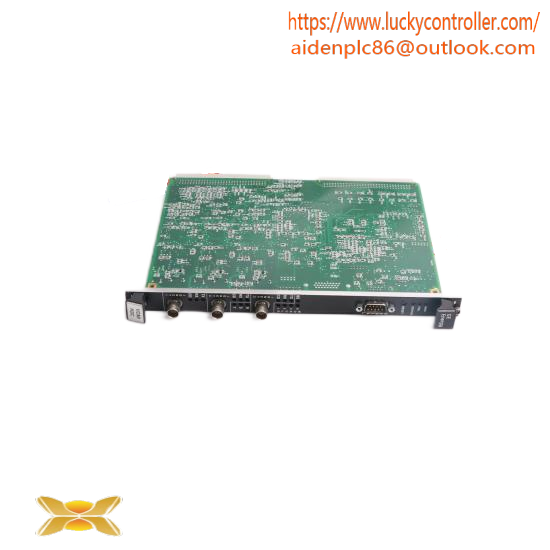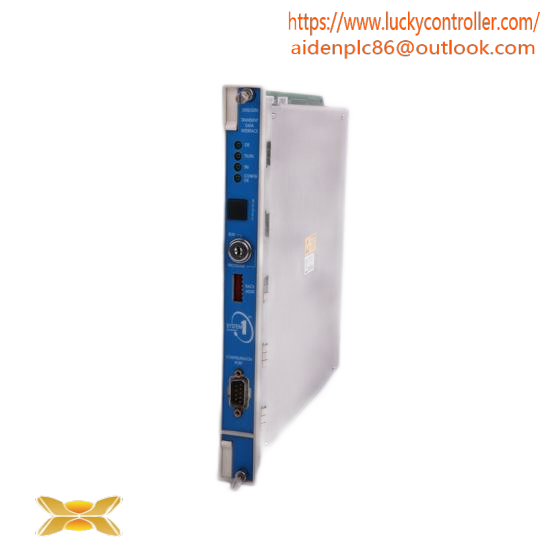In the Deli Industrial Park near Debrecen, the land preparation work for the CATL battery factory is underway.
Last August, CATL announced that it would invest no more than 7.34 billion euros to build a 100GWh overseas battery factory in Debrecen, which will become the largest battery factory in Europe after completion.
According to Fred Zhang, international communications manager of CATL, the battery factory invested by CATL in Debrecen will arrange battery production according to orders from automakers and serve auto factories operating in Europe. “CATL’s factory in Debrecen enables us to meet the challenges of growing demand in the European market, improve our global production network, and help accelerate electric vehicles and Europe’s energy transition.” Fred Zhang said.
In addition, the factory in Debrecen will be fully automated, and most of the work processes will be performed by robots, with humans supervising the operation of the robots.
“Initially, Chinese professional technicians will arrive in Hungary, and Chinese workers will operate robots in the initial stage of factory construction.” Fred Zhang said, “CATL’s factory in Debrecen enables us to meet the challenges brought by the growing demand of the European market, improve our global production network, and help accelerate electric vehicles and Europe’s energy transformation.” According to Fred Zhang, lithium-ion batteries will be produced in Debrecen, especially battery and module production. Facts have also proved that the factory in Debrecen will be fully automated: most of the work processes will be completed by robots, and only personnel are required to supervise the operation of robots.
At present, international mainstream car companies represented by BMW and Mercedes-Benz have built production bases in Hungary, and Chinese car companies such as BYD and NIO have also successively laid out.
Data show that since the second half of 2020, the sales of new energy vehicles in my country have continued to rise. The year-on-year growth rate in 2021 reached 165.1%, and the high growth rate will continue in 2022. According to statistics from the China Association of Automobile Manufacturers, the production and sales of new energy vehicles in 2022 will reach 7.058 million and 6.887 million respectively, up 96.9% and 93.4% year-on-year respectively. Among them, the production and sales of new energy passenger vehicles were 6.716 million and 6.549 million respectively, up 97.77% and 94.26% year-on-year; the production and sales of new energy commercial vehicles were 342,000 and 338,000 respectively, up 81.84% and 78.89% year-on-year.
New energy vehicles have entered a period of rapid growth, with strong market demand, driving the rapid growth of the power lithium battery industry.
According to incomplete statistics, the planned production capacity of China’s lithium battery market in 2021 will exceed 1.6T, and the planned production capacity of China’s lithium battery market in 2022 will exceed 2.4T. Driven by the implementation of planned production capacity, China’s lithium battery equipment market will achieve a scale of 100 billion in 2022, and it is expected that by 2025, the scale of China’s lithium battery equipment market will exceed 150 billion.
However, behind the booming lithium battery equipment industry, there are still pain points such as low integration, inconsistent size standards and specifications, and discrete automation, and these pain points are the key to triggering robot applications.
From the perspective of the lithium battery industry itself, the iteration of lithium battery technology is accelerating, and the processes are complicated and numerous. CTP technology 3.0, blade batteries, short knife batteries, 4680 large cylindrical batteries, and different module design structures have put forward higher requirements for the automation of lithium battery production.
In addition, the application characteristics of lithium batteries themselves have extremely high safety requirements, and the demand for traceability of the entire production process has also forced lithium battery factories to pursue automation to ensure the consistency and stability of products. Therefore, intelligent and automated equipment has a great place in the lithium battery industry.
By combining robot technology with lithium battery production technology, the automation and intelligence of lithium battery production lines can be greatly improved, thereby improving production efficiency and product quality, and driving lithium battery manufacturers to upgrade and transform their technology.
According to research by relevant institutions, at present, the penetration rate of robots in various process sections of power batteries has reached 82%, focusing on the full process of lithium battery core making, module section, PACK process section, etc., using robots and digital technology to achieve highly flexible and intelligent production lines, and continuously improve the utilization rate, yield rate, and production efficiency of lithium battery production lines.
High-standard automotive-grade power batteries put forward higher requirements for production efficiency, product consistency, and product quality. At the same time, there are many types of new energy vehicles, corresponding to a variety of lithium battery specifications and sizes. Lithium battery manufacturers are in urgent need of highly flexible, efficient, and high-quality digital production lines to ensure sufficient production capacity to meet market demand.
Finally
In the automated future factory, industrial robots and end effectors are gradually taking on important roles. Industrial robots can effectively solve the problems of single-machine automation, manual product switching, long delivery cycle, and low production line intelligence in the lithium battery industry. End effectors can also provide higher production flexibility and production efficiency, and provide plug-and-play solutions to escort the efficiency and quality of the lithium battery industry.
Related product recommendations:
ABB AC 800PEC 3BHE025541R0101
ABB 5SHX1960L0006 3BHB016120R0002
ABB 5SHY3545L0016 3BHE019719R0101
ABB 5SHX 14H4502 IGCT MODULE
ABB 5SHY6545L0001 AC10272001R0101
ABB 5SHX2645L0004
ABB 5SHX1960L0006 3BHE019719R0101
ABB 5SHY3545L0010 3BHE009681R0101 GVC750BE101
ABB 5SHY35L4503 5SXE01-0127
ABB 5SHX0845F0001
ABB 3bhb003230r0101 3bhl000392p0101 5shx1060h0001
ABB 5SHY3545L0016 3BHE039203R0101
ABB 5SHY3545L0010 3BHB013088R0001
ABB 5SHX06F6004
ABB 5SHY4045L0004
ABB 3BHL000387P0101 5SHX1445H0002 3BHB003386R0101
ABB 5SHX1445H0002 3BHL000387P0101
ABB PM856AK01 3BSE066490R1
ABB PM803F 3BDH000503R1
ABB PM861AK02 3BSE018160R1
ABB PM891K02
ABB PM861K01 3BSE018105R1
ABB PM863K01 3BSE088381R1
PFSA103B 3BSE002487R1
PFXA401S 3BSE024388R2
PPD103801 3BHE020455R0001
PPD513AOC-100440 3BHE039724R0C3D
ABB PM864AK01 3BSE018161R1
ABB PM867K02
ABB PM866AK02 3BSE081637R1
ABB PPD113 3BHE023584R2634
ABB PPD114B 3BHE020570R
GE IS220PPDAH1A
ABB 3BHE020455R0001 PPD103 B01
ABB PPD512A10-150000
ABB PPD113B03-26-100100 3BHE023584R2625
More…













